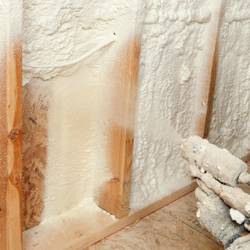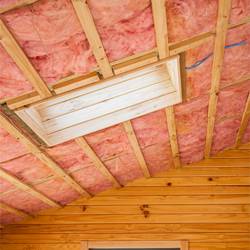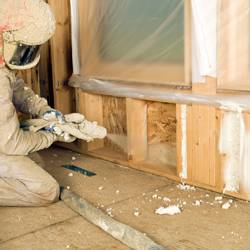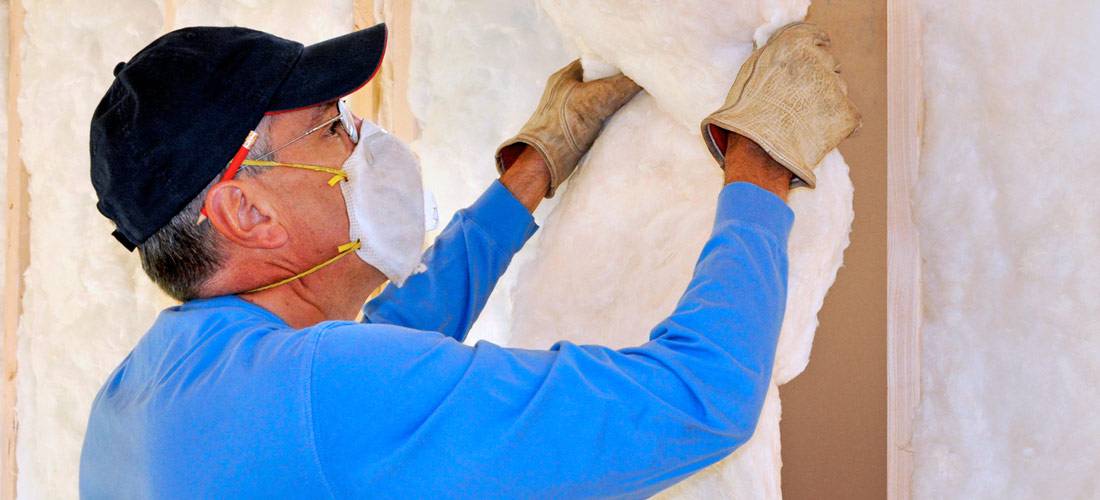This guide will help you understand why you need to add insulation to your home and how to use it for maximum energy efficiency.
Whatever home investment you are planning to spend on, the most essential part of this is insulating your home for maximum energy efficiency. Ignoring this will cost you a lot of wasted money in the future. Insulation is one of the most efficient ways to keep you warm in the winter and cool in the summer. Plus, it helps you conserve both energy and natural resources.
Home Insulation
Home insulation is maintaining the desired temperature in all the areas around your house, whatever season it may be. Insulation does not only protect you from the harsh elements from the changing weat her but it can also reduce noise pollution.
her but it can also reduce noise pollution.
Modern homes usually comply with required insulation standard to improve the energy efficiency of the house. Nevertheless, this is not the case for old houses. Some have improperly installed or too little insulation, but there are those that really do not have any at all.
If you can relate to this situation, now is the best time to add insulation to your home. The size of your house as well as the type of insulation you want will both affect your overall insulation costs. Moreover, you might need to incorporate more insulation measures depending on how old your house is. The good thing is that there is no more planning permission required and it is a wise investment that will pay back for years to come.
A typical house usually lose around 30 to 40 percent heat through the walls, while 25 and 20 percent heat loss are usually attributed to the roof as well as windows and doors, respectively.
Types of Insulation:
 Good insulators come from different materials but high quality ones should have a structure similar to wool in order to trap tiny pockets of air. Cotton and hemp are also good insulators, which mean you should always keep your strong curtains up especially when there is extreme weather change. Hardboard and other wood based materials can also keep your house comfortable any season of the year. Polyurethane based spray foam solutions can be used to fill gaps between roof tiles while adhesive strips and sealants are for windows and doors as well as for cracks and gaps, respectively.
Good insulators come from different materials but high quality ones should have a structure similar to wool in order to trap tiny pockets of air. Cotton and hemp are also good insulators, which mean you should always keep your strong curtains up especially when there is extreme weather change. Hardboard and other wood based materials can also keep your house comfortable any season of the year. Polyurethane based spray foam solutions can be used to fill gaps between roof tiles while adhesive strips and sealants are for windows and doors as well as for cracks and gaps, respectively.
1. Wall Insulation
Cavity wall insulation – It is recommended for walls where there is a gap between the inner and outer leaf. You drill a hole to insert the insulator to the wall and then refill it with cement.
Solid wall insulation – It is recommended for walls with no cavity inside them. Internal insulation is for inner rooms around the house while external insulation is for covering the entire façade of the property.
2. Roof Insulation
Cold loft insulation – above the ceiling of the topmost part of the house.
Warm loft insulation – under the roof insulation; more expensive but better insulator than cold loft.
3. Window and Door Insulation
 Double and triple glazing will not only make your home protected from too much heat or cold but will also make it more energy efficient and sound proof!
Double and triple glazing will not only make your home protected from too much heat or cold but will also make it more energy efficient and sound proof!
4. Floor Insulation
Modern houses usually have built-in insulators under the floors, regardless of the material used for it. Unfortunately, if this is the insulating option for an old house, a significant amount of investment is needed. The best way to insulate the floor the cheapest way is by placing rugs and carpets all around.
Home insulation is not just for environmentally conscious or energy efficiency aficionados. Proper insulation can help you save up to 50 percent on heating and cooling your house while upgrading the quality of your living space. Take the first step today at insulating your home so you can reap the cost-saving benefits year-round.













Write a Comment